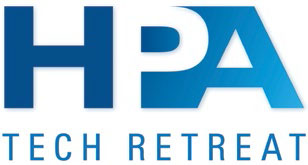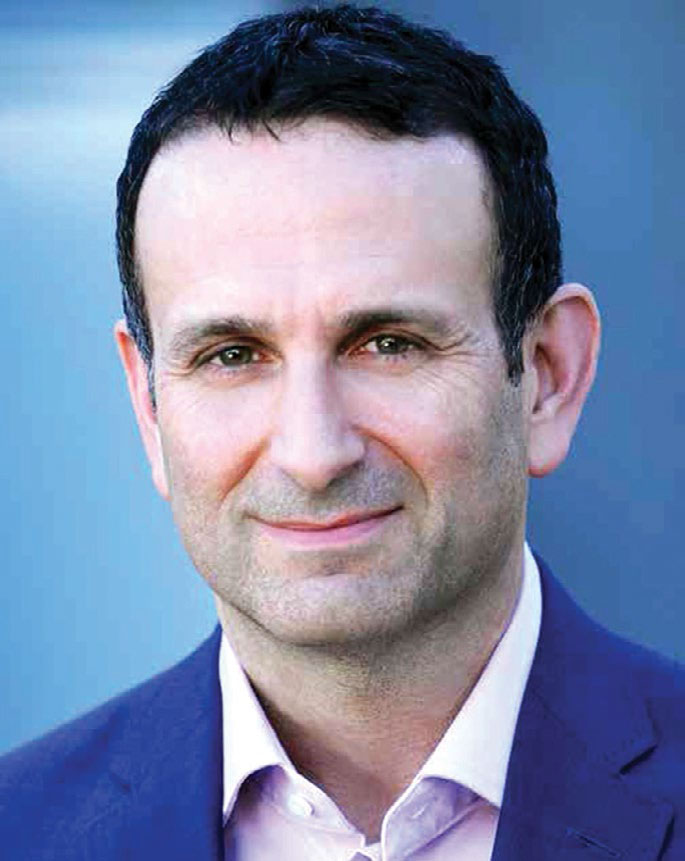HPA Tech Retreat Looks at the Big Picture

PALM SPRINGS, CALIF.—This year’s HPA Tech Retreat will once again see a gathering of industry-leading thinkers who will discuss the latest trends in the creation, management and dissemination of video content. The weeklong Palm Springs event, which is capped at just 700 attendees and begins Monday, Feb. 11, will feature a main conference program, the “TR-X Tech Retreat Xtra” focused on eSports, as well as breakfast roundtables and a curated innovation zone, along with other opportunities for industry leaders to meet and exchange ideas.
The event officially gets underway with the Tuesday Supersession, which will highlight Next-Gen Workflows and Infrastructure, featuring insight from Tom Graham of Dolby on Dolby Vision from set to consumer; Tina Eckman of Dolby on Dolby Atmos from set to consumer; and Scott Kramer of Netflix on immersive sound from capture through post production.
HDR AND THE MOVE TO 8K
Numerous sessions on Wednesday including an HDR “Mini” Session, will address the importance of HDR in video production. There will be an introduction to HDR, how it is being used in anime and how it can push the limits of motion in video production. These sessions should highlight how 4K and UHD are not interchangeable terms, and that resolution is just part of the picture with HDR playing an important role in UHD, according to HPA president Seth Hallen, who will host the “Intro to HDR” session.

“UHD implies not only resolution, but other things such as HDR and its wider color gamut,” said Hallen, who is also head of global strategy and business development at Pixelogic. “Studies have shown that the human brain can detect a greater range of light to dark than it can picture resolution. HDR thus is a massive improvement for overall picture quality. But it can also ensure that the content is delivered as closely as possible to the filmmaker’s intent. Hopefully the consumer will appreciate that.”
None of that is to say that resolution isn’t important, and even as 4K content is only now starting to pick up steam the industry is clearly looking ahead to what the next generation—8K—can offer. Pete Putman of ROAM Consulting will host two sessions, as well as take part in a breakfast roundtable—firstly offering his thoughts on HDMI 2.1 and Display-Port before providing an overview of products in the world of consumer electronics that were introduced at the recent 2019 CES in Las Vegas. Putman will then dive into what we can expect in 8K in 2019 and beyond in the session, “8K: Whoa! How’d We Get There So Quickly?”

“The 8K talk will be an overview of everything from cameras to displays, based on current information,” said Putman, who will discuss various aspects of the technology including appropriate codecs for compression and data transfer rates. “It should bring people up to speed on just how fast 8K is coming to market.”
Get the TV Tech Newsletter
The professional video industry's #1 source for news, trends and product and tech information. Sign up below.
TAKING IT ON THE ROAD AND BRINGING IT HOME
Mark Chiolis, director of business development for the Mobile TV Group will host Thursday’s “Remote and Mobile Production Panel,” which will discuss the changing world of remote production that now includes not only live sports and concerts for broadcasters, but addresses how this is fitting into the world of streaming services and the growing eGames/eSports market.
“With so many live events you start out with a blank canvas and the set up for a production crew is very tight,” said Chiolis. “We’ll discuss the whole gamut of what is involved in preparing for a live production and what we’ve seen come out in 2018 and what we expect to help with productions in the next couple of years. Part of the discussion will include the role of REMI applications [REMote Integration], IP workflows, virtual productions and of course, eSports. It should be an exciting time for live production.”
Thanks to larger TV screens with greater resolution joined by surround sound systems, seeing movies at home has gotten closer to what filmmakers have intended, and this aspect of what the viewer actually sees will be discussed in “Downstream Image Presentation Management for Consumer Displays.” Moderated by Michael Chambliss of International Cinematographers Guild, the session will feature Steven Poster of the American Society of Cinematographers as a panelist.
“We, as the ASC, started participating at the HPA Tech Retreat seven years ago, and at the time we were asked why we were here,” said Poster. “Now they have asked us to give our presentation, which we see as important as it discusses the importance of the creative intent of the filmmaker.”
That intent of what the director and cinematographer has improved a lot from the days when movies were in essence “butchered” via pan and scan, but today even with HDR and greater picture resolution, there still needs to be more progress. Poster, who first formed a technology committee when he was ASC president 20 years ago, had a vision whereby the TV set could ensure that the picture is up to the standards of the filmmaker. However, he admitted that the technology wasn’t quite there at the time.
Now two and a half decades later that is finally becoming a reality.
“Our TV set technology has become quite good,” said Chambliss. “So why can’t we have a little bit of metadata that is used in the production making it way to the sets. So far Netflix and Sony have implemented what is called calibrated modes so that the set closely mirrors the monitors we used in the production. Instead of leaving this in a 1950s ‘it is up to the viewer to adjust the set,’ the smart TVs could optimize the picture. The sets are capable of doing this, so let’s automate the process.”
CAPTIONING AND SUBTITLES
Subtitling and captioning will get its moment in the spotlight at the Retreat with “IMSC 1.1: A Single Subtitle and Caption Format for the Entertainment Chain,” hosted by Pierre-Anthony Lemieux of Sandflow Consulting.
Lemieux will highlight IMSC, the W3C standard for worldwide subtitles/captions, which came about as the result of an international collaboration—the initial version of which was published in 2016.
“Technology has made it possible, along with flexible delivery for subtitles and captions to be provided in so much more content,” said Lemieux. “It has been in the broadcast world where the United States was the exception for providing subtitles for the hearing impaired, but worldwide there have been little mandates for accessibility. But that is changing.”
In addition, thanks to streaming services—notably Netflix, which provides content from international markets—as well as changing viewing habits, subtitles and captions are becoming much more important.

“Even people that aren’t hard of hearing are enjoying content in bed late at night or on buses and airplanes and having the sound on isn’t an option, so captions are necessary for the message to be conveyed,” added Lemieux. “It is easy to forget that just 10 years ago subtitles were literally burned on a film with a laser in France, and that was an expensive and difficult process. Today technology—notably IMSC—has made it easy for subtitles to be added to the content. Subtitles and captions were an afterthought, but now in the world of audio/video production these will be first class citizens.”
Predicting everything that attendees will see would be akin to looking into the future, said Mark Schubin, program chair at the HPA. “There’s a wild array of possibilities on both the acquisition and presentation ends. How do we deal with the new world?”
For more information, visithpaonline.
